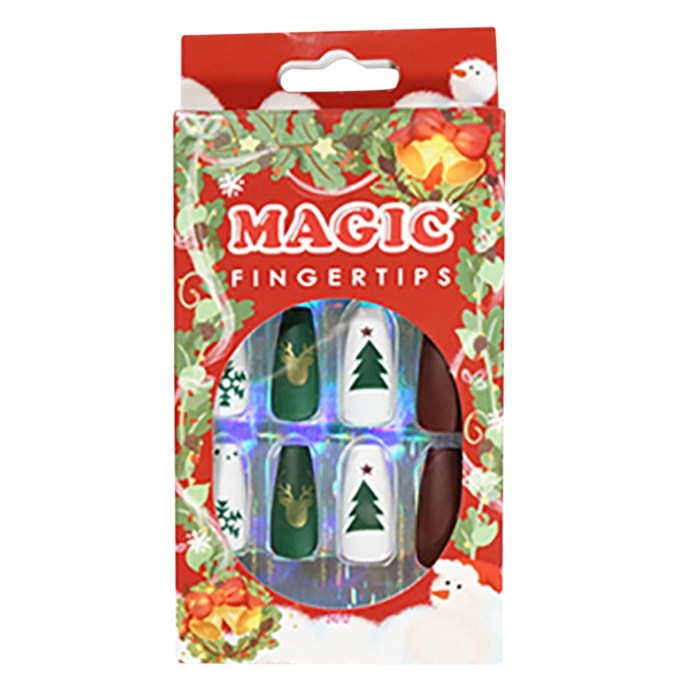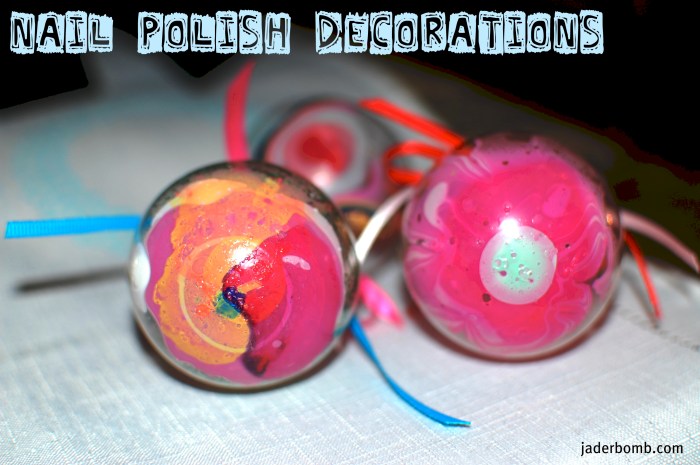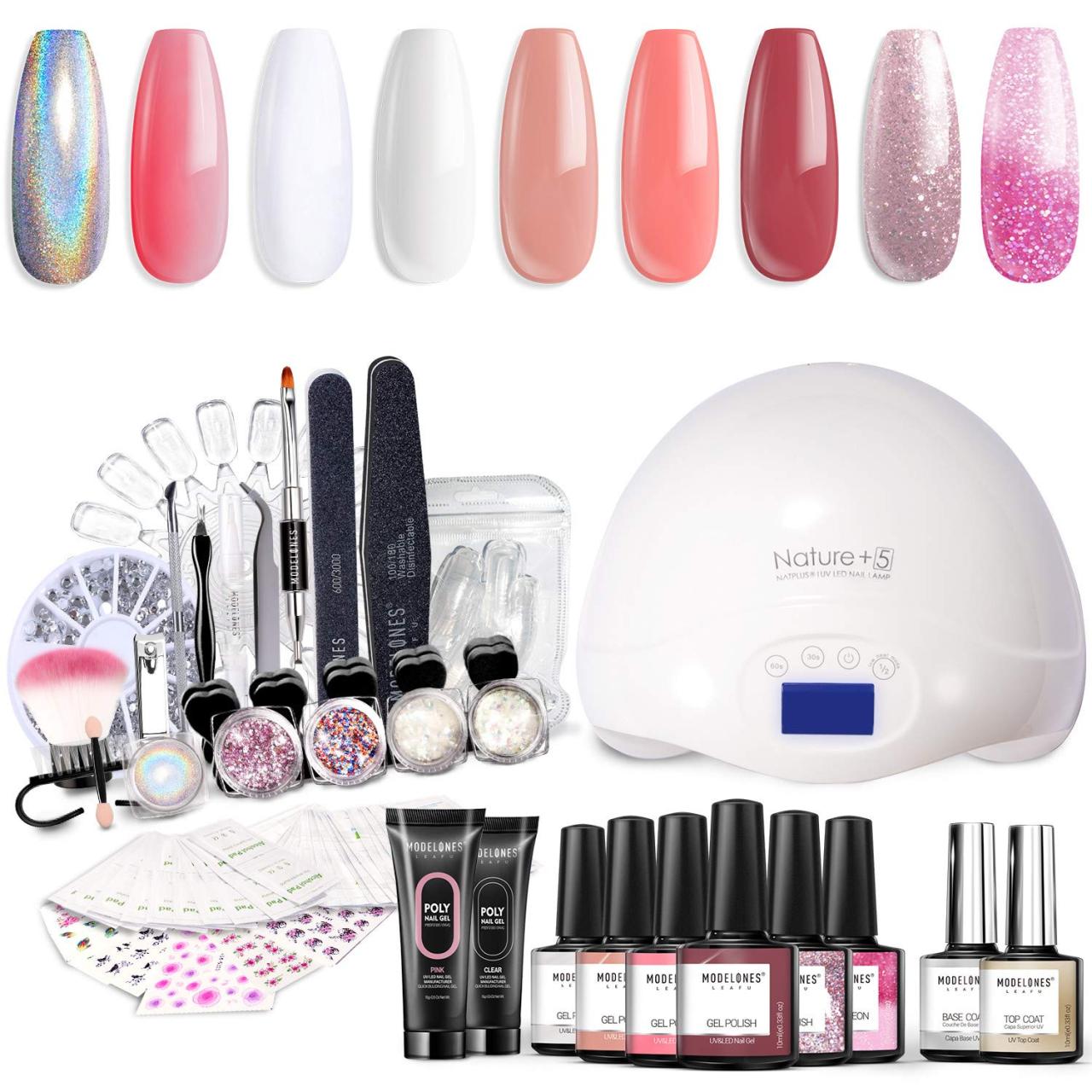Do It Yourself Nail Polish A Complete Guide
The Rise of DIY Nail Polish: A Comprehensive Guide
Do it yourself nail polish – The world of nail art is experiencing a vibrant resurgence, fueled by the growing popularity of do-it-yourself (DIY) nail polish. This comprehensive guide explores the trends, techniques, and essential knowledge needed to embark on your own creative nail journey. From understanding the current popularity to mastering various techniques and troubleshooting common issues, we’ll equip you with the tools and knowledge to create stunning manicures from the comfort of your home.
Popularity and Trends of DIY Nail Polish
DIY nail polish has witnessed a significant surge in popularity, driven by several factors. The increasing availability of affordable and high-quality materials, coupled with the rise of social media platforms showcasing intricate nail art designs, has inspired many to experiment with creating their own unique manicures. The ability to personalize nail designs to match individual styles and preferences is another key driver.
Furthermore, the cost-effectiveness of DIY nail polish compared to salon treatments makes it an attractive option for many.
Current trends in DIY nail polish techniques and designs include minimalist aesthetics, intricate geometric patterns, bold color blocking, and the incorporation of natural elements such as flowers or leaves. The use of metallic accents and textured finishes also remains popular. DIY kits offer various options, including basic kits with essential colors and tools, advanced kits with specialized brushes and embellishments, and even kits focused on specific nail art techniques like water marbling or stamping.
Creating your own DIY nail polish can be a fun and rewarding experience, allowing for unique color combinations and customized finishes. However, if you’re experimenting with gel polish at home, remember that proper removal is crucial for nail health. Knowing what to use to remove gel nail polish is key, and you can find helpful guidance on this at what to use to remove gel nail polish.
This ensures your DIY manicure doesn’t damage your nails, leaving them ready for your next creative endeavor.
Compared to salon manicures, DIY nail polish offers significant cost savings. The initial investment in materials is relatively low, and the cost per manicure is significantly less than professional services, especially when considering the long-term cost. This cost-effectiveness is a major factor contributing to the increasing popularity of DIY nail polish.
DIY Nail Polish Techniques and Methods

Source: walmartimages.com
Creating a basic DIY manicure is surprisingly straightforward. The process involves preparing the nails, applying a base coat, applying two coats of color, and finishing with a top coat for protection and shine. More advanced techniques, such as nail art, require additional tools and practice, but the possibilities are endless.
- Clean and prepare nails.
- Apply a base coat.
- Apply two coats of color, allowing each coat to dry completely.
- Apply a top coat for shine and longevity.
Different nail art techniques achievable with DIY polish include: striping tape designs, stamping, dotting, freehand painting, and water marbling. Achieving long-lasting DIY manicures involves proper nail preparation, using high-quality products, and applying thin, even coats to prevent chipping and peeling.
Creating a gradient effect involves blending two or more colors seamlessly. This can be achieved using a sponge or a brush, gradually transitioning between colors.
| Application Method | Description | Advantages | Disadvantages |
|---|---|---|---|
| Brush | Traditional method using a nail polish brush. | Precise application, good for detailed designs. | Can be time-consuming for large areas. |
| Sponge | Using a makeup sponge to apply polish, ideal for gradients. | Quick and easy for blending colors. | Less precise control than a brush. |
| Dotting Tool | Using a dotting tool to create dots and small details. | Creates precise dots and patterns. | Limited to dot-based designs. |
Necessary Materials and Tools
Gathering the right materials and tools is crucial for a successful DIY nail polish experience. High-quality ingredients ensure a longer-lasting, more vibrant manicure. Investing in good brushes and tools allows for greater precision and control.
- Nail polish base coat
- Nail polish top coat
- Nail polish remover
- Cotton balls or pads
- Cuticle pusher
- Nail file
- Nail buffer
- Variety of nail polish colors
- Nail art brushes (optional)
- Dotting tool (optional)
- Stripping tape (optional)
Substitutes for hard-to-find materials can often be found in craft stores or online. For example, a makeup sponge can substitute for a specialized gradient tool. Using high-quality ingredients is important for both the longevity and safety of your DIY nail polish.
Safety Precautions and Best Practices
Safety is paramount when working with DIY nail polish ingredients. Proper ventilation is crucial to minimize exposure to potentially harmful chemicals. Protective gear, such as gloves, should be worn to prevent skin irritation or allergic reactions. Avoiding spills and storing nail polish in a cool, dark place will prolong its shelf life.
- Work in a well-ventilated area.
- Wear gloves to protect your skin.
- Avoid contact with eyes.
- Store nail polish in a cool, dark place.
- Dispose of used materials properly.
Common mistakes to avoid include applying too thick coats of polish, not allowing each coat to dry completely, and neglecting proper nail preparation.
Creative Nail Art Ideas Using DIY Polish

Source: jaderbomb.com
The possibilities for creative nail art designs are endless. From simple stripes and dots to intricate floral patterns and geometric designs, DIY nail polish allows for limitless self-expression. Different textures and finishes can be achieved using various techniques, such as glitter, matte top coats, or textured polishes.
Themed nail art is a fun way to celebrate holidays or seasons. For example, pastel colors and floral designs are perfect for spring, while darker colors and spooky designs are ideal for Halloween.
Let’s create a simple floral design:
| Step | Description | Materials |
|---|---|---|
| 1 | Apply a base coat and let it dry completely. | Base coat |
| 2 | Paint a light pink base color. | Pink nail polish |
| 3 | Use a small brush to paint tiny green leaves. | Green nail polish, small brush |
| 4 | Use a dotting tool to add small pink and white flowers. | Pink and white nail polish, dotting tool |
| 5 | Apply a top coat to seal the design. | Top coat |
Troubleshooting Common DIY Nail Polish Problems
Common problems encountered when making or applying DIY nail polish include clumping, uneven texture, chipping, and peeling. Clumping can often be resolved by thoroughly mixing the polish or using a thinner. Uneven texture might indicate improper mixing or the use of low-quality ingredients. Chipping and peeling can be prevented by proper nail preparation and the application of thin, even coats.
- Clumping: Mix thoroughly, use a thinner.
- Uneven Texture: Use high-quality ingredients, apply thin coats.
- Chipping: Ensure proper nail preparation, use a good base and top coat.
- Peeling: Avoid applying too thick coats, let each coat dry completely.
Visual Guide: DIY Nail Polish Application
Applying DIY nail polish involves a few key steps. First, prepare your nails by cleaning them and pushing back your cuticles. Then, apply a thin layer of base coat to protect your nails and provide a smooth surface for the color. Next, apply two thin coats of your chosen nail polish color, allowing each coat to dry completely before applying the next.
Finally, seal the manicure with a top coat for shine, durability, and protection. Remember to avoid applying too thick coats, as this can lead to smudging and chipping.
- Nail preparation: Clean nails, push back cuticles.
- Base coat application: A thin, even layer to protect nails.
- Color application: Two thin coats, allowing each to dry completely.
- Top coat application: A thin layer for shine and protection.
Comparing DIY Nail Polish to Commercial Brands, Do it yourself nail polish

Source: stylecaster.com
DIY nail polish and commercial brands differ in several aspects. Commercial brands often offer superior longevity and durability, though DIY options can achieve comparable results with careful preparation and high-quality ingredients. The environmental impact can vary depending on the ingredients used in both DIY and commercial products. Cost-wise, DIY nail polish is significantly cheaper in the long run, but the initial investment in materials needs to be considered.
| Feature | DIY Nail Polish | Commercial Nail Polish | Cost |
|---|---|---|---|
| Longevity | Varies depending on quality of ingredients and application | Generally longer lasting | Lower |
| Durability | Varies depending on quality of ingredients and application | Generally more durable | Higher |
| Quality | Can be comparable to commercial brands with high-quality ingredients | Consistent quality control | Lower |
| Environmental Impact | Potentially lower depending on ingredient choices | Varies depending on brand and manufacturing processes | Higher |
Common Queries: Do It Yourself Nail Polish
Can I use regular household items as substitutes for specialized nail polish tools?
While some substitutes might work, using specialized tools generally yields better results. However, for simple designs, you can experiment with items like toothpicks or tape for specific effects.
How long does homemade nail polish last?
The shelf life of homemade nail polish depends on the ingredients and storage. Properly stored, it can last several months. However, always check for any changes in consistency or smell before use.
What should I do if my DIY nail polish is too thick or too thin?
Too thick? Add a small amount of thinner (nail polish thinner specifically). Too thin? Let it sit uncovered for a few hours or add a small amount of thickening agent (if using a formula that allows it).
Is homemade nail polish safe?
Safety depends on the ingredients used. Always use high-quality, non-toxic ingredients and follow safety precautions. If you have sensitive skin, test a small amount on your skin before a full application.
















